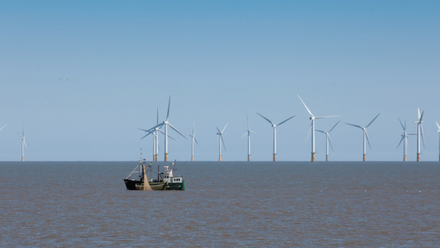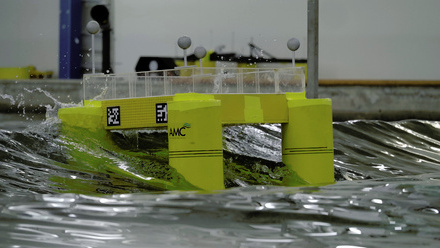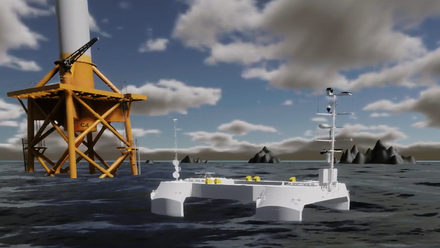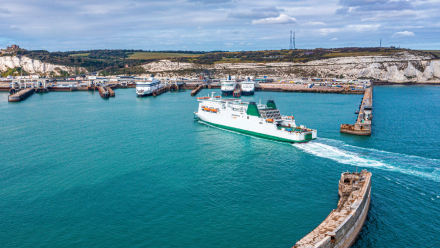Strengthening sea walls in the laboratory
Researchers from Heriot-Watt University have been collaborating with Virginia Tech researchers to bring their innovative equipment together in efforts to identify and overcome coastal weak spots.
Sea level rise and associated flooding threatens hundreds of millions living in coastal communities across the world, including those in the UK and USA. Most scientists project coastal flooding will increase in power and frequency with the intensification of climate change.
In the UK, sea level is predicted to rise between 26.5-35.5cm by 2050, compared to 1961-1990. This is slightly more than the US scenario, where coastal sea level rise is projected to be around 25-30cm by 2050.
According to the United Nations (UN), sea levels globally will be one to 1.6 metres higher by 2100. “This means that, in less than 80 years, 250 to 400 million people will likely need new homes in new locations,” the diplomatic and political international organisation claims.
Moving further ahead, by 2300, a low likelihood, high impact scenario could mean the world’s sea levels being 15 metres higher than today says the Met Office – a storyline involving the widespread loss from the Antarctic ice sheet, directly impacting the UK.
Bringing in adaption measures
Without some form of effective adaption, there will be major consequences, as highlighted by the UN above. In response, researchers from Heriot-Watt University will be working with researchers at Virginia Tech in a PIONEER research project, to find ways to fortify coasts for rising sea levels.
It is hoped that this international collaboration funded by the Engineering and Physical Sciences Research Council could spark a global initiative to fortify coasts across the world.
At Virginia Tech, Sherif Abdelaziz, Associate Professor in the Charles E. Via, Jr. Department of Civil and Environmental Engineering will be studying alongside graduates, running tests intended to increase the resilience of sea walls.
Meanwhile, testing innovative equipment at Heriot-Watt, such as a thermos-hydro-mechanical direct shear interface, will help simulate climate change and emissions scenarios. Data will then be compared to tests done at Virginia Tech to evaluate the impacts of temperature, water and other environmental factors.
Across the ocean, the retaining wall research facility at Virginia tech’s Prices Fork Geotechnical Research Laboratory can perform tests on the effects of temperature on engineered structures for the prevention of coastal erosion. It will be used to explore more factors affecting sea wall resilience, such how much water saturates the soil.
Such experiments can show how the soil behind seawalls behaves after wetting and drying cycles induced by waves splashing over the barriers. Weak spots can then be used to optimise the fortification of sea walls. This research uniquely combines water flooding effects on soils as well as the durability of shoreline structures.
“Each of our universities has equipment that is highly valuable to this research. This allows us to collaborate [and] develop innovative solutions to problems that are affecting countries worldwide. Research like this has no geographic boundaries,” said Abdelaziz in an official statement.
In the short term, this research is anticipated to add more resilience into sea walls and, as a result, safer coastlines, where communities at risk of flooding from sea level rise are better protected.
In the medium to long term, the world requires far more collaboration such as the work demonstrated by Heriot-Watt University and Virginia Tech, alongside a general decarbonisation effort thus far unseen on a global basis.
Main image: Civil and environmental engineering students (from left) Tanner Whitesell and Alex Zubrow install pressure sensors to measure stress, which simulates the stress experienced by seawalls; credit: Peter Means for Virginia Tech.






